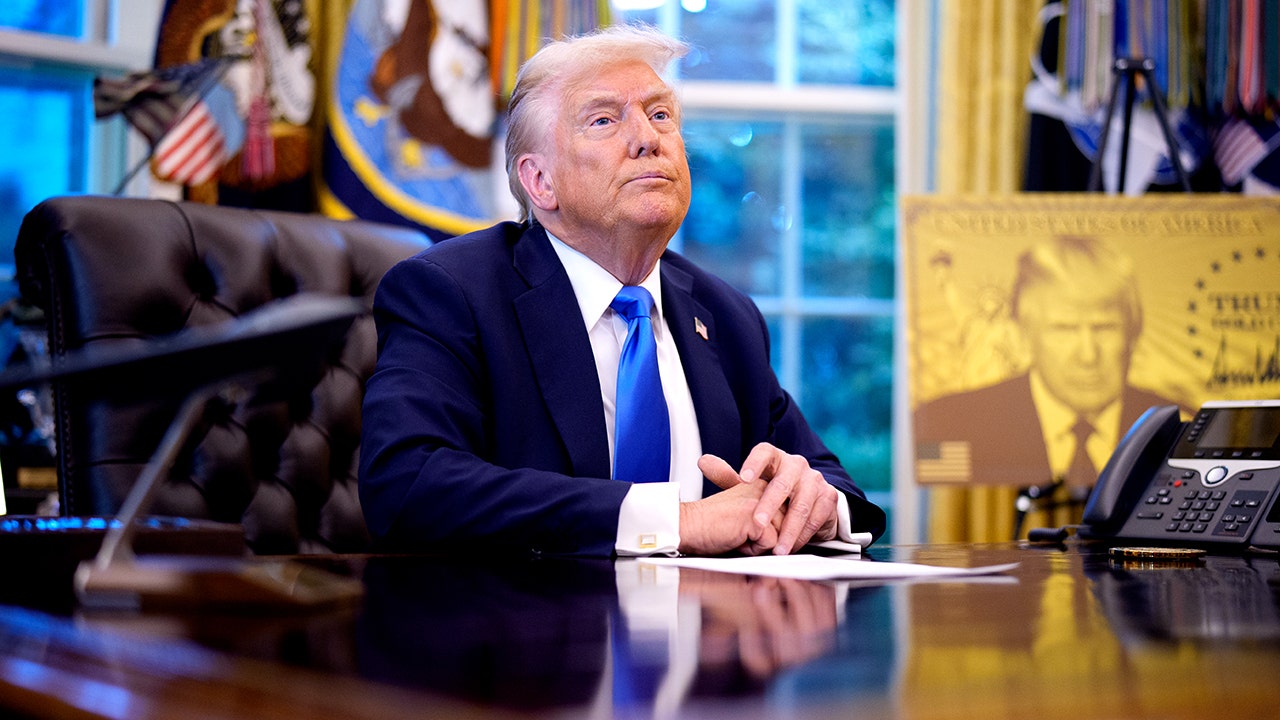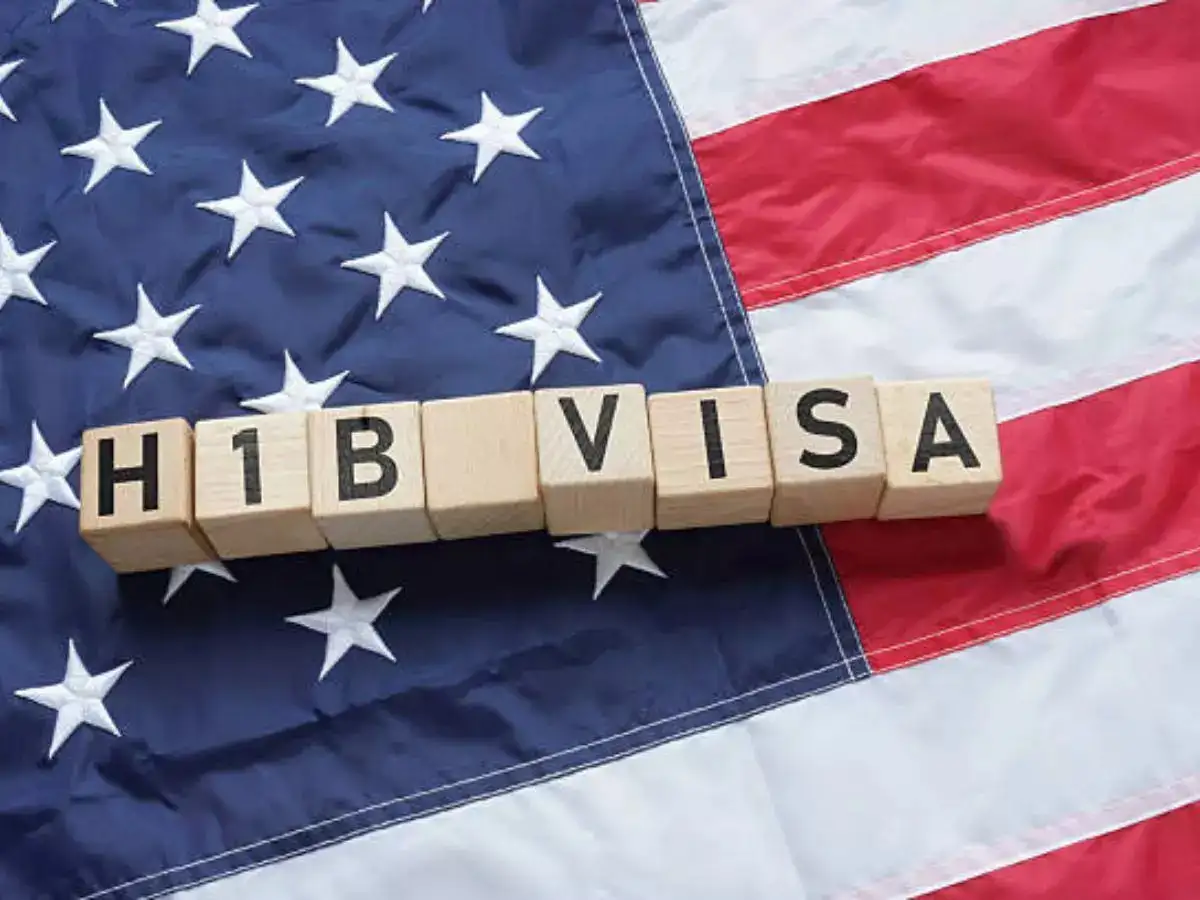Proposed $100K H-1B Visa Fee Sparks Innovation Drain Warnings from Business Leaders
The proposed $100,000 H-1B visa fee could severely impact U.S. innovation and competitiveness by making it prohibitively expensive for businesses to attract essential global talent.

Subscribe to our newsletter and stay informed about latest H1B news, policy updates and and other developments.
Article Summary
The Trump administration announced a $100,000 fee for new H-1B work visa applications, set to begin in 2026, aiming to reduce program exploitation. Business leaders like Kevin O'Leary and Stephen Moore warn this fee could deter top global talent, harming U.S. innovation and job creation. The administration maintains the fee prioritizes American workers and higher-value jobs.
Original Article: foxbusiness.com
[ Sentiment: negative | Tone: factual ]
This summary and analysis were generated by TheNewsPublisher's editorial AI. This content is for informational purposes only; it does not constitute legal or immigration advice.
[ Sentiment: negative | Tone: factual ]
This summary and analysis were generated by TheNewsPublisher's editorial AI. This content is for informational purposes only; it does not constitute legal or immigration advice.
TNP AI: Key Insights
The proposed $100,000 H-1B visa fee represents an unprecedented cost increase that could drastically alter the landscape for U.S. employers seeking skilled foreign talent, particularly in tech. This prohibitive expense could force companies to rethink their hiring strategies, potentially leading to a talent drain and stifling innovation.
This fee stands in stark contrast to current H-1B costs, which are typically in the thousands, making it an extreme outlier compared to skilled worker visa programs in countries like the UK, Canada, and Australia. Such a significant financial barrier could make the U.S. far less attractive to top global professionals who have other options.
Given the strong opposition from business leaders and the potential economic repercussions, this policy is highly likely to face significant legal challenges and intense lobbying efforts before its scheduled 2026 implementation. Its ultimate fate will depend heavily on ongoing political and judicial processes.




